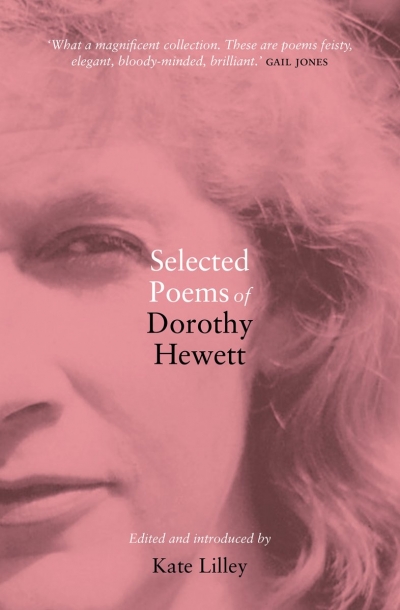Susan Sheridan
Books of the Year is always one our most popular features. Find out what our 41 contributors liked most this year – and why.
... (read more)Moving Among Strangers: Randolph Stow and My Family by Gabrielle Carey
by Susan Sheridan •
True North: The story of Mary and Elizabeth Durack by Brenda Niall
by Susan Sheridan •
The Flight Attendant’s Shoe by Prudence Black
by Susan Sheridan •
Nine Lives: Postwar Women Writers Making Their Mark by Susan Sheridan
by Shirley Walker •
''Tirra Lirra' and Beyond - Jessica Anderson’s truthful fictions' by Susan Sheridan
by Susan Sheridan •
‘Everyone I talk to remembers Tirra Lirra by the River as a wonderful book, sometimes even as a life-changing one. But why don’t we hear anything about it today?’ This was a young journalist who ... ... (read more)







